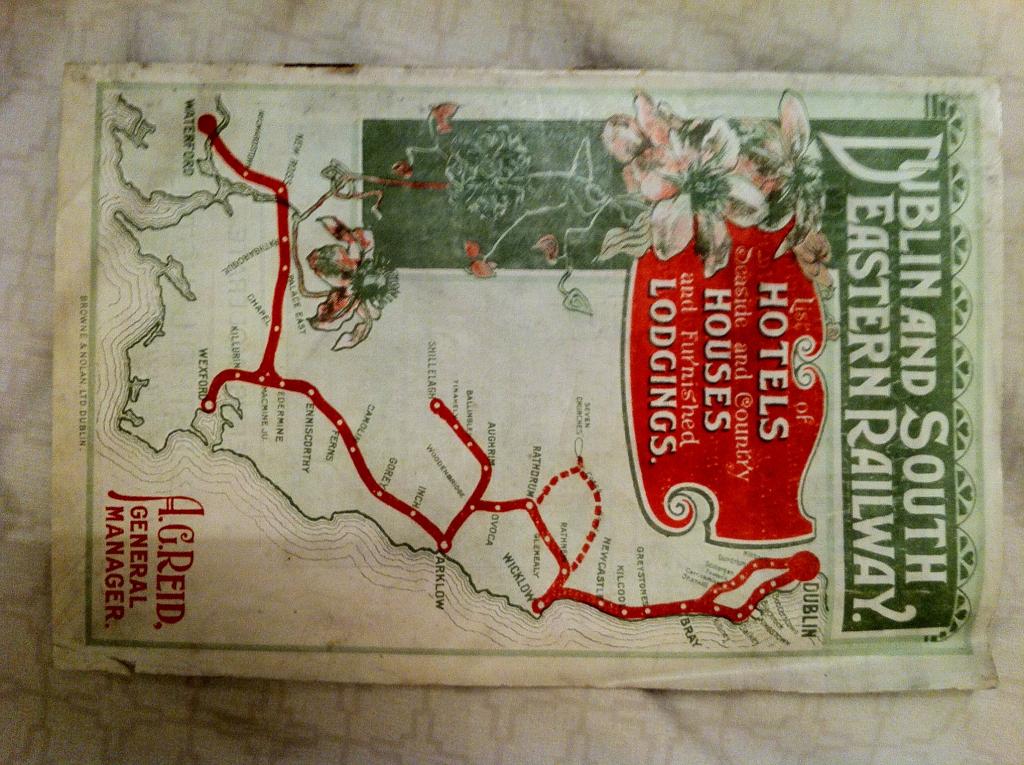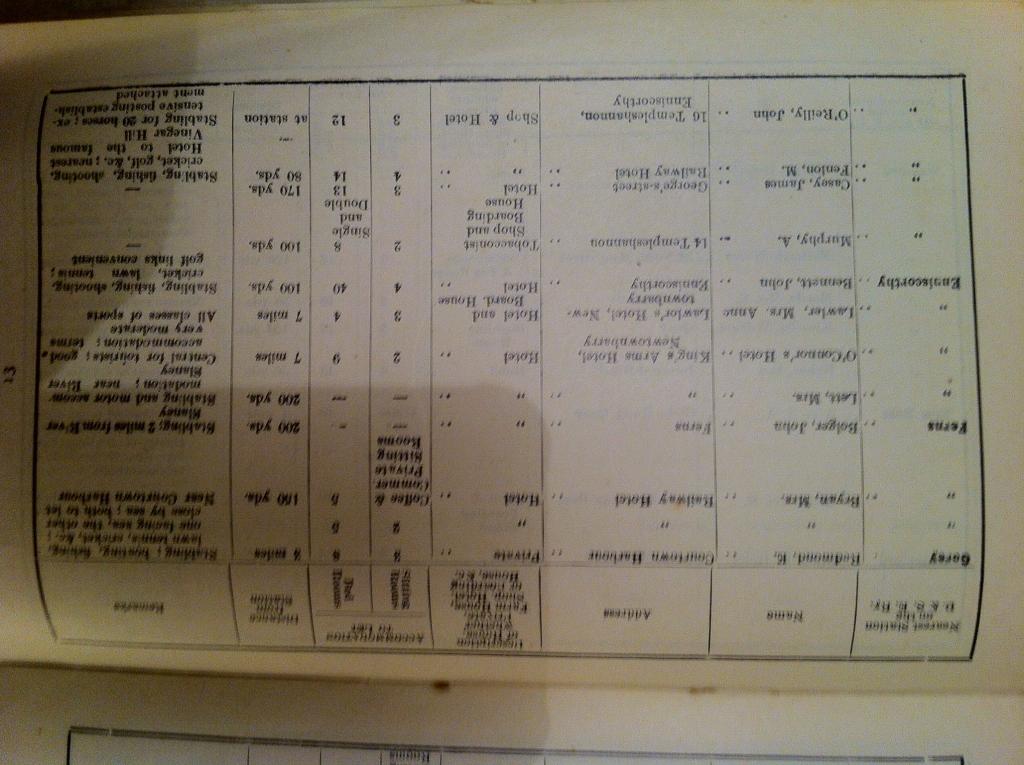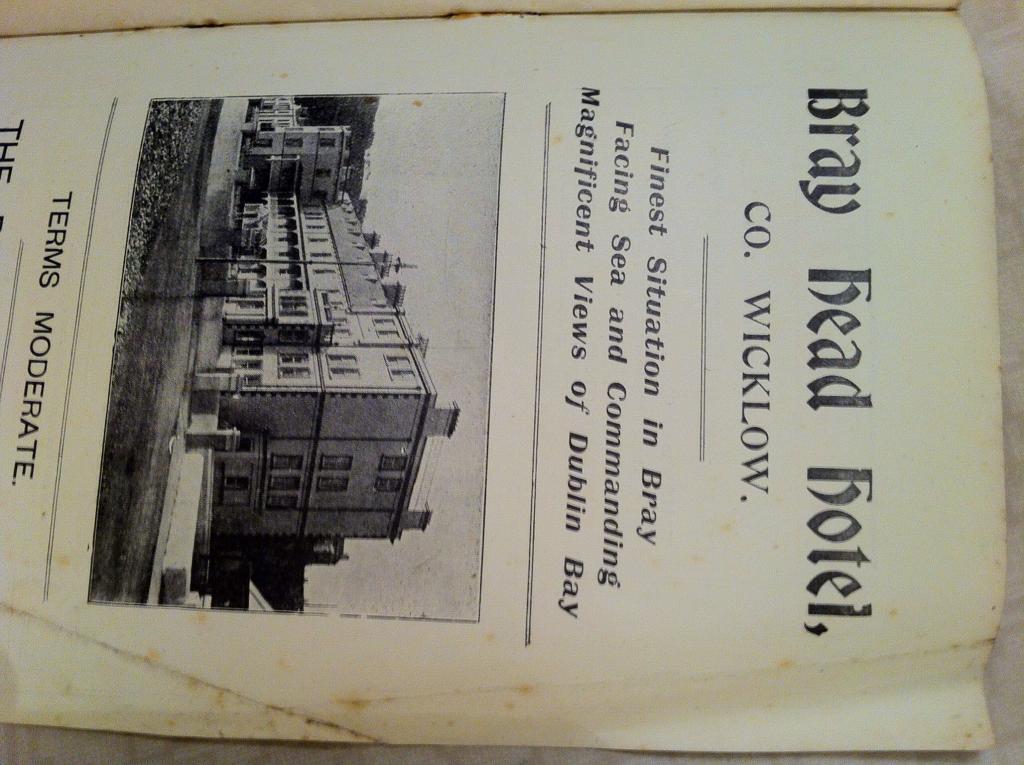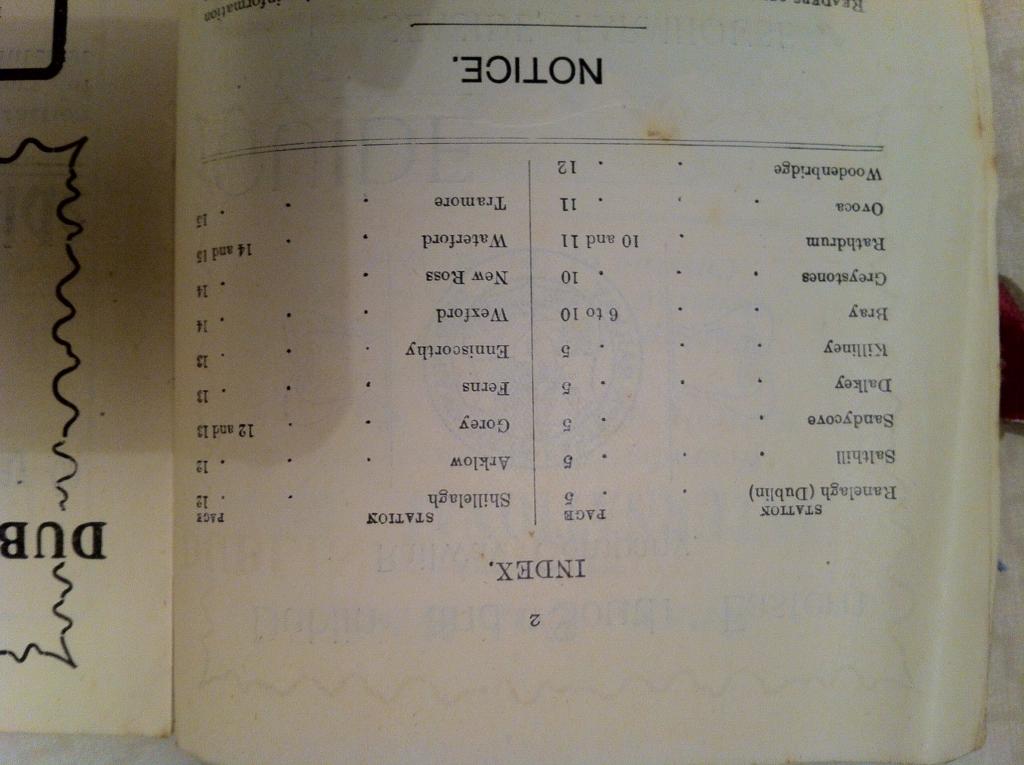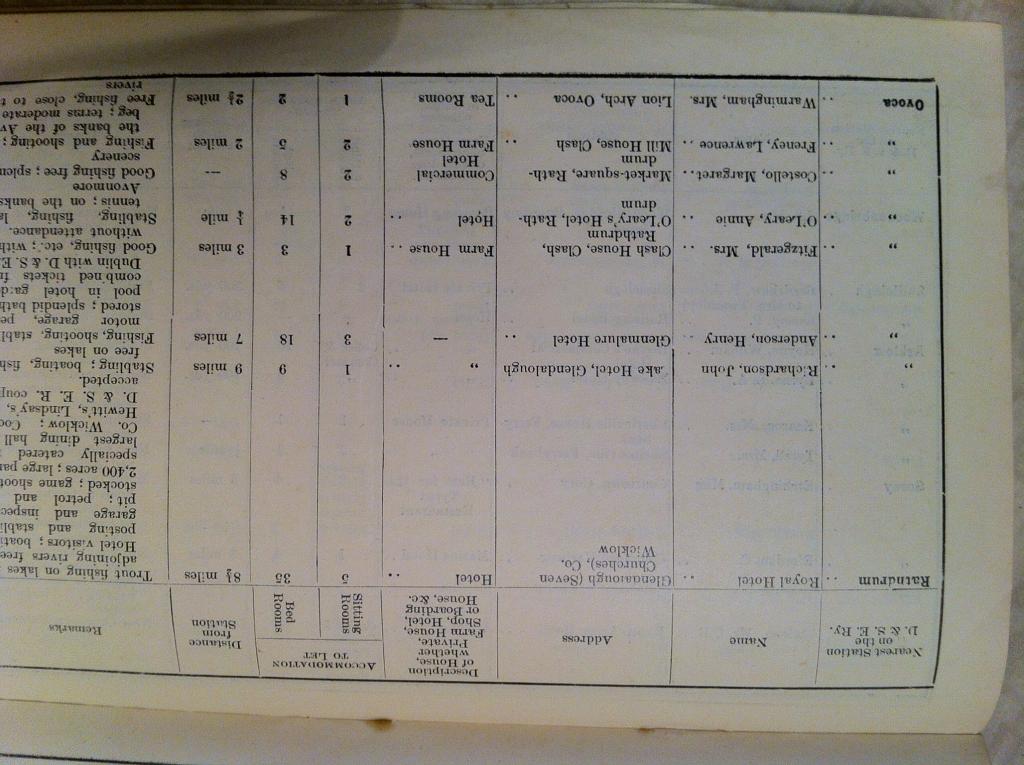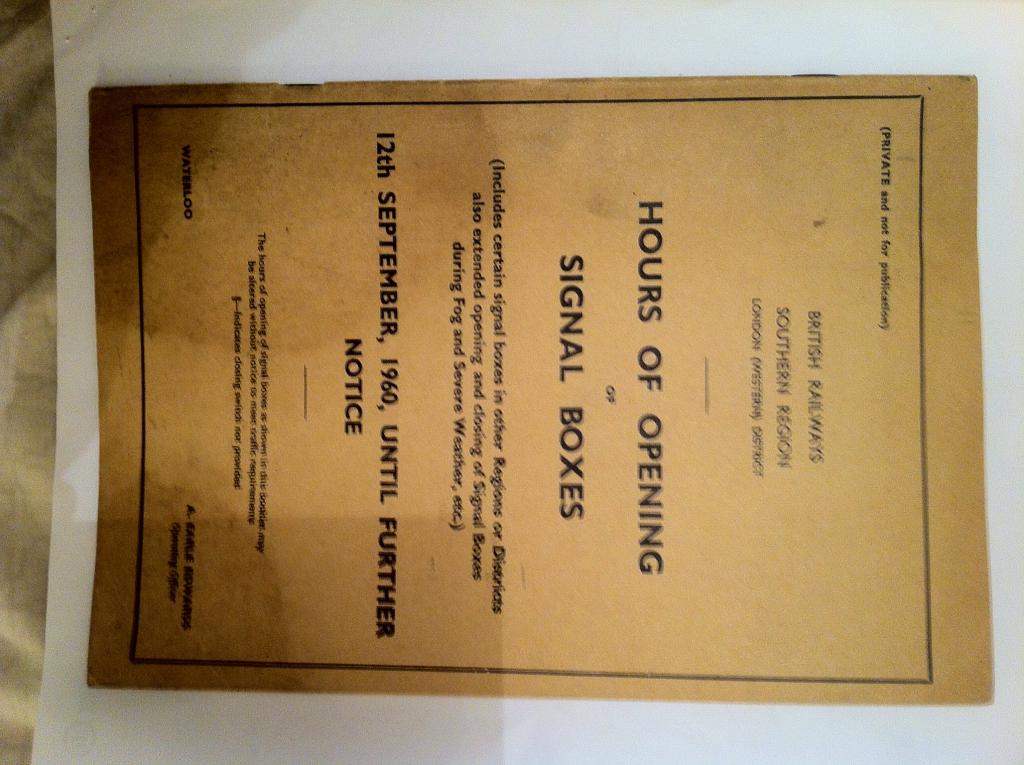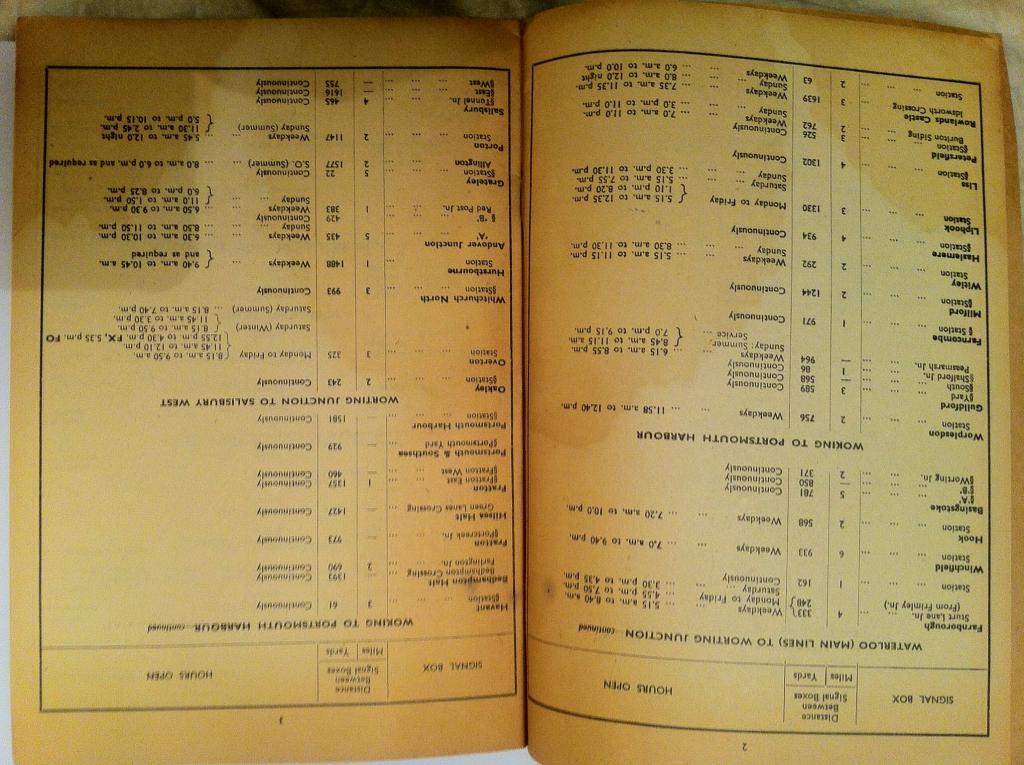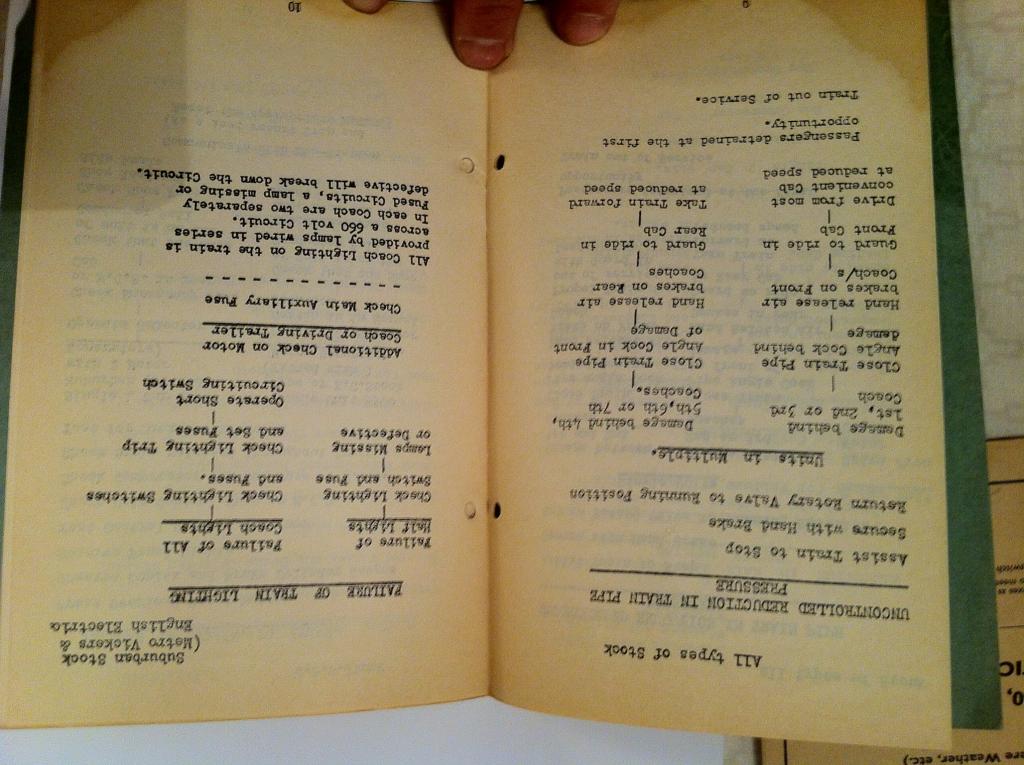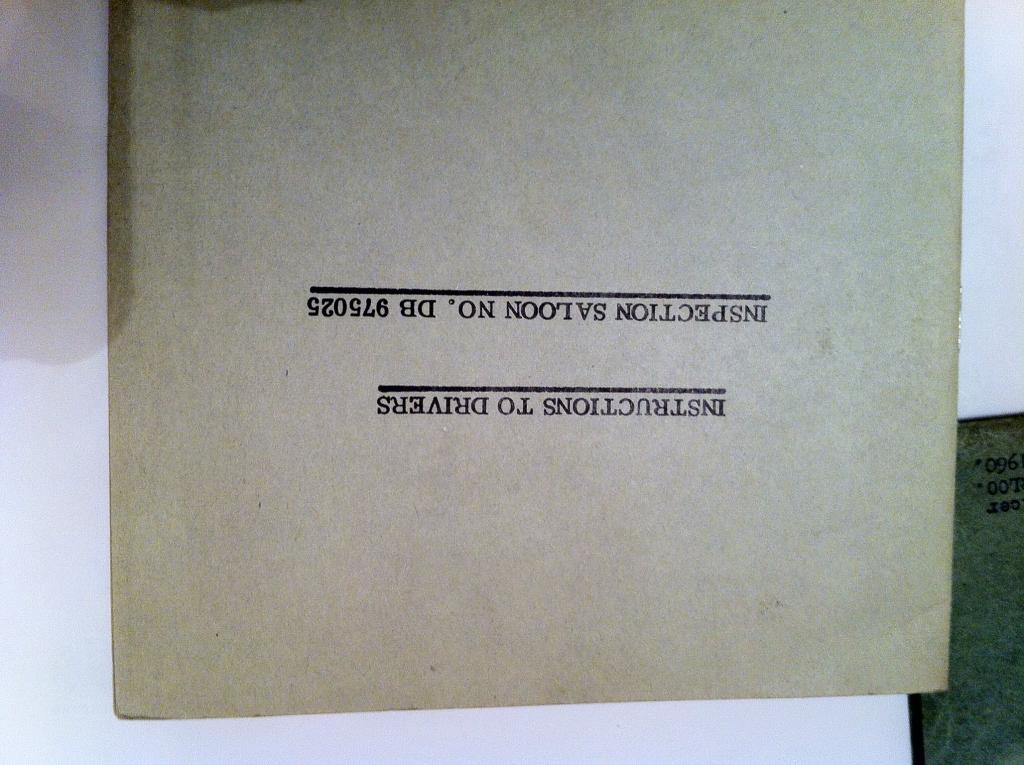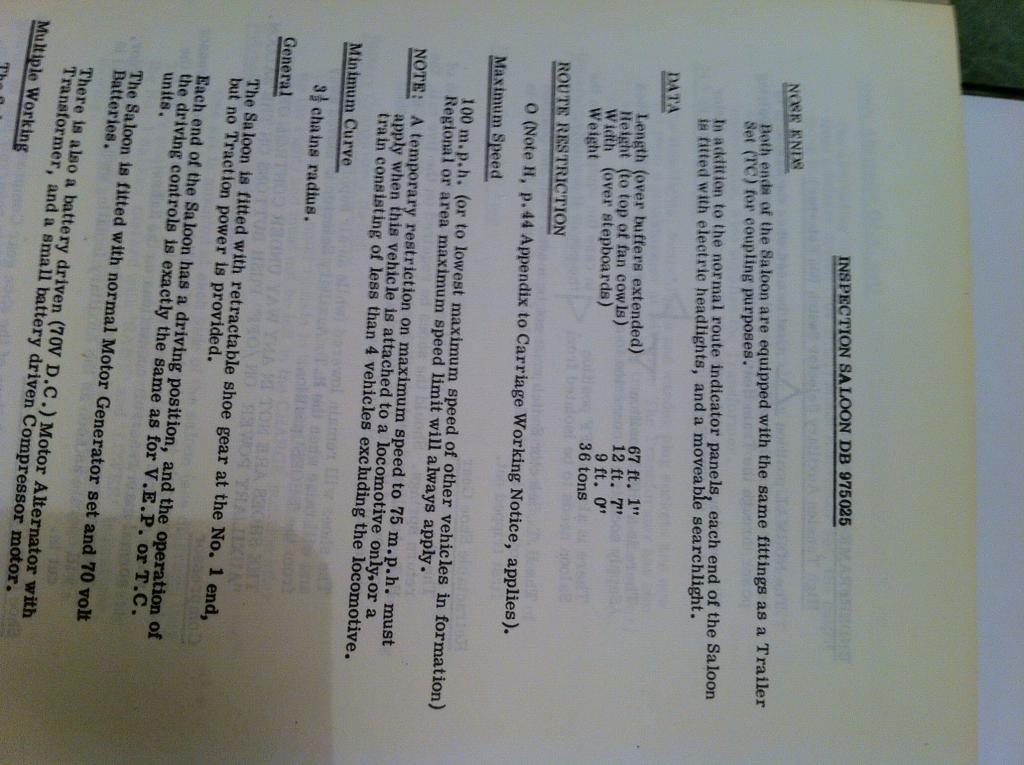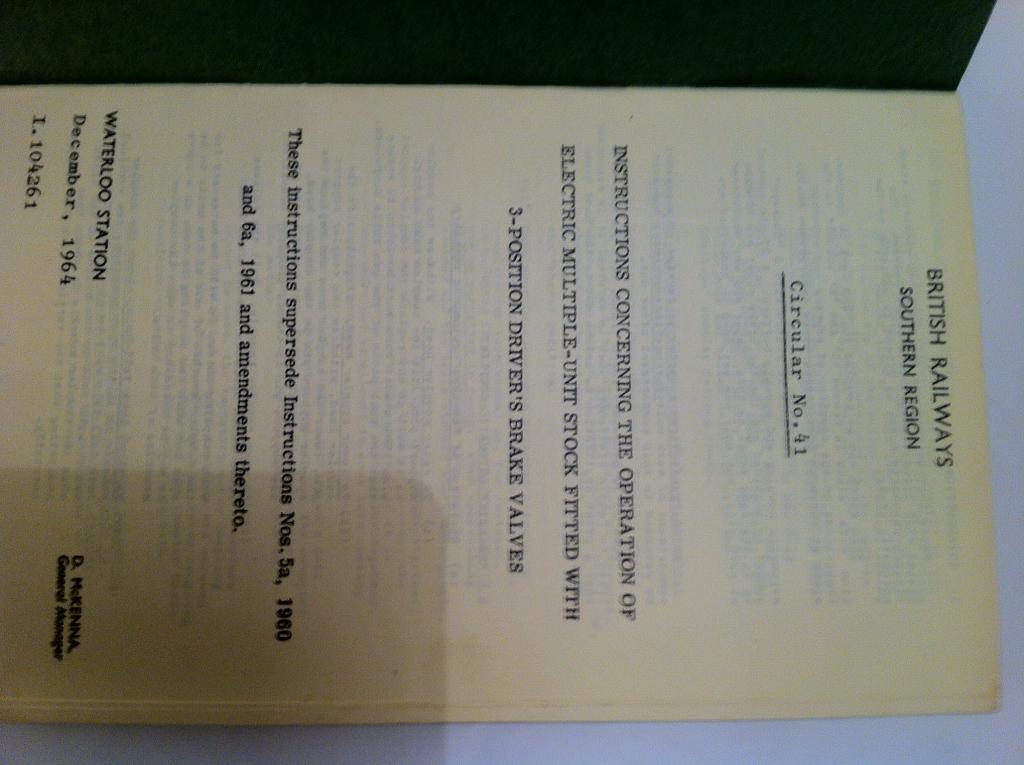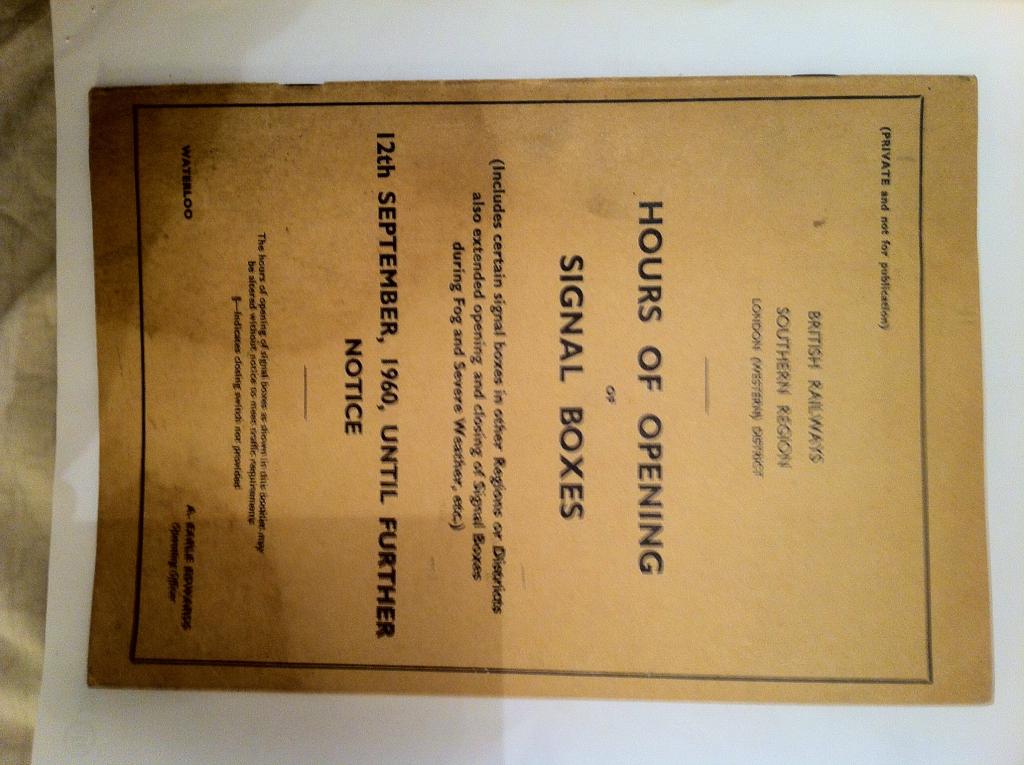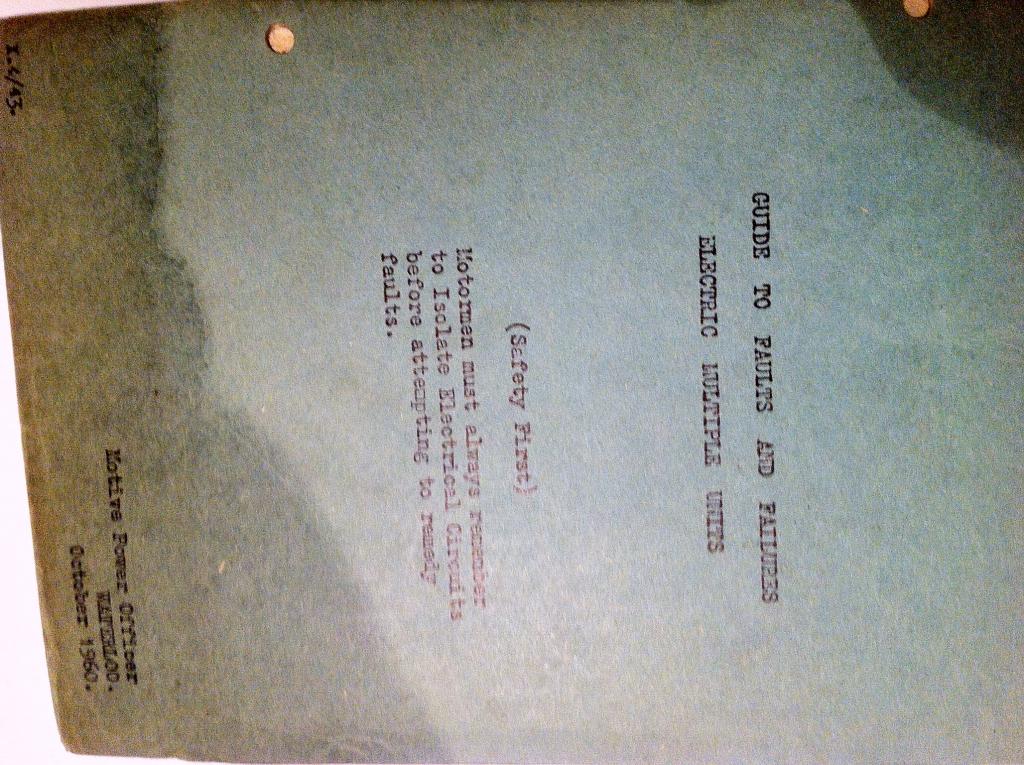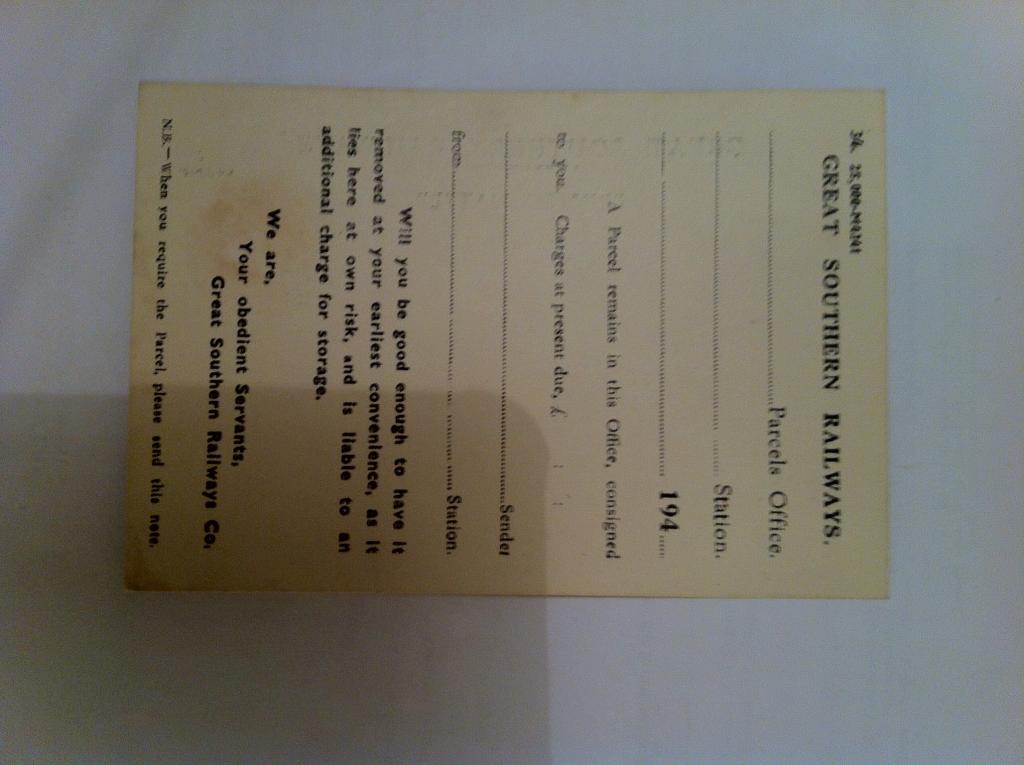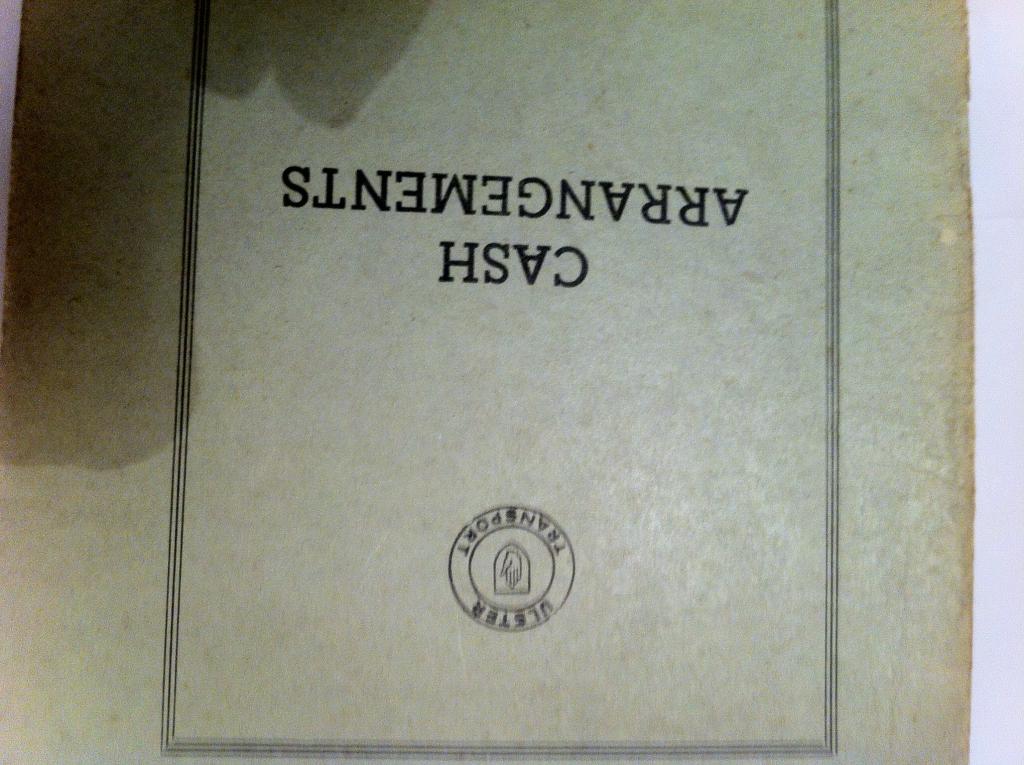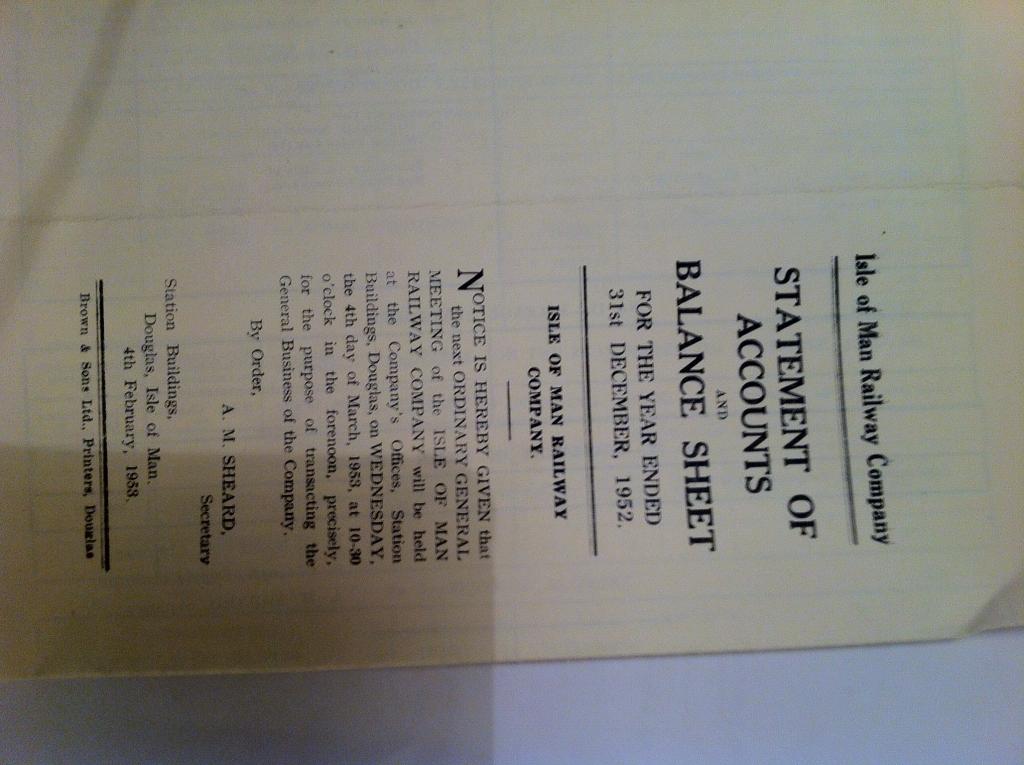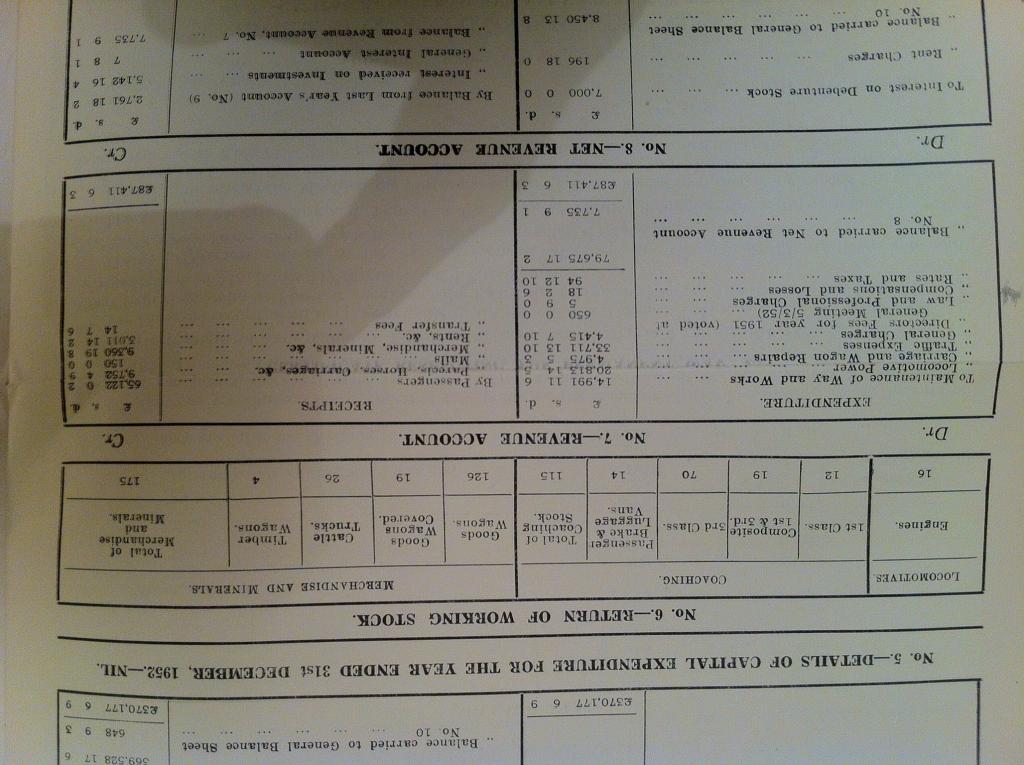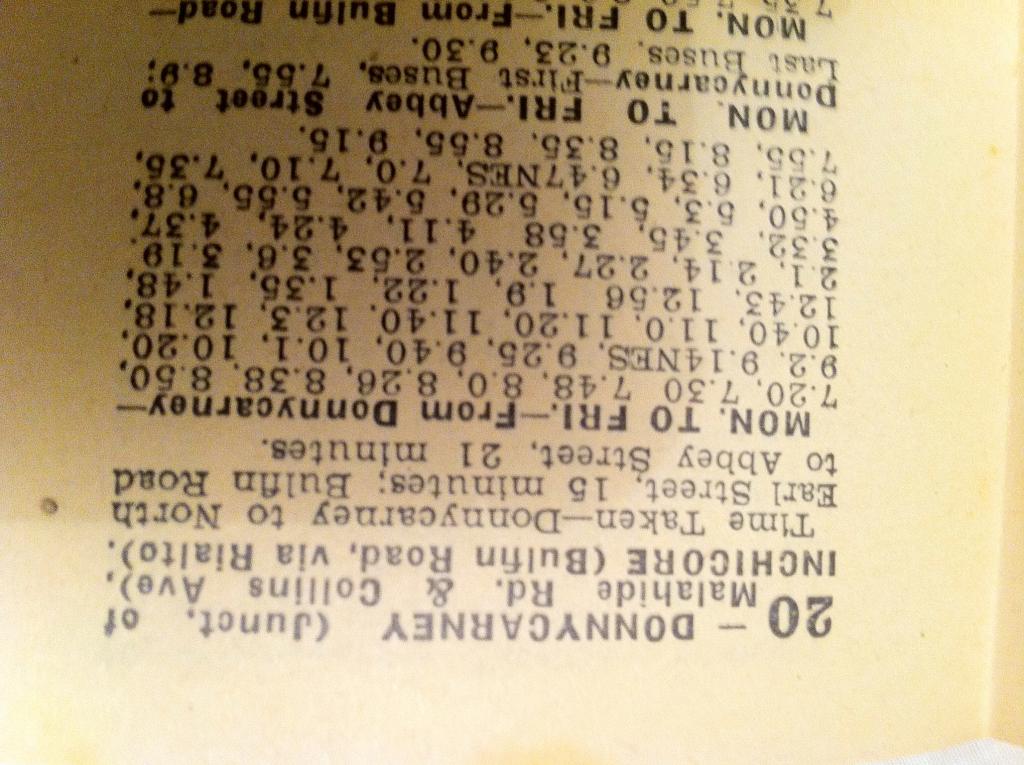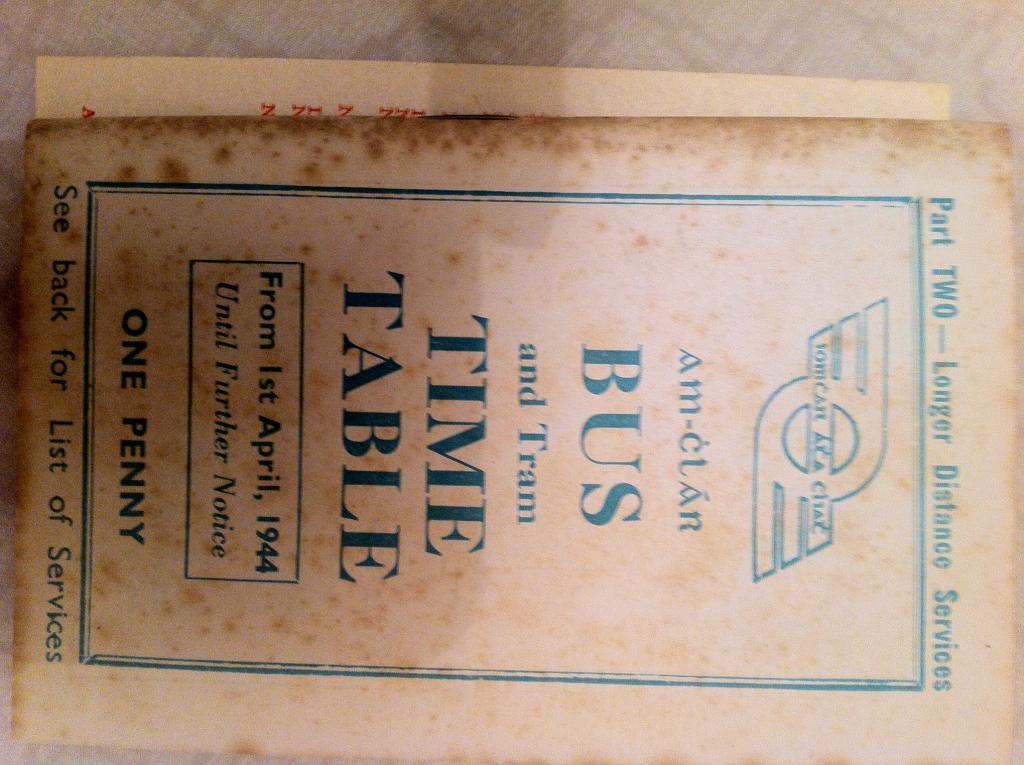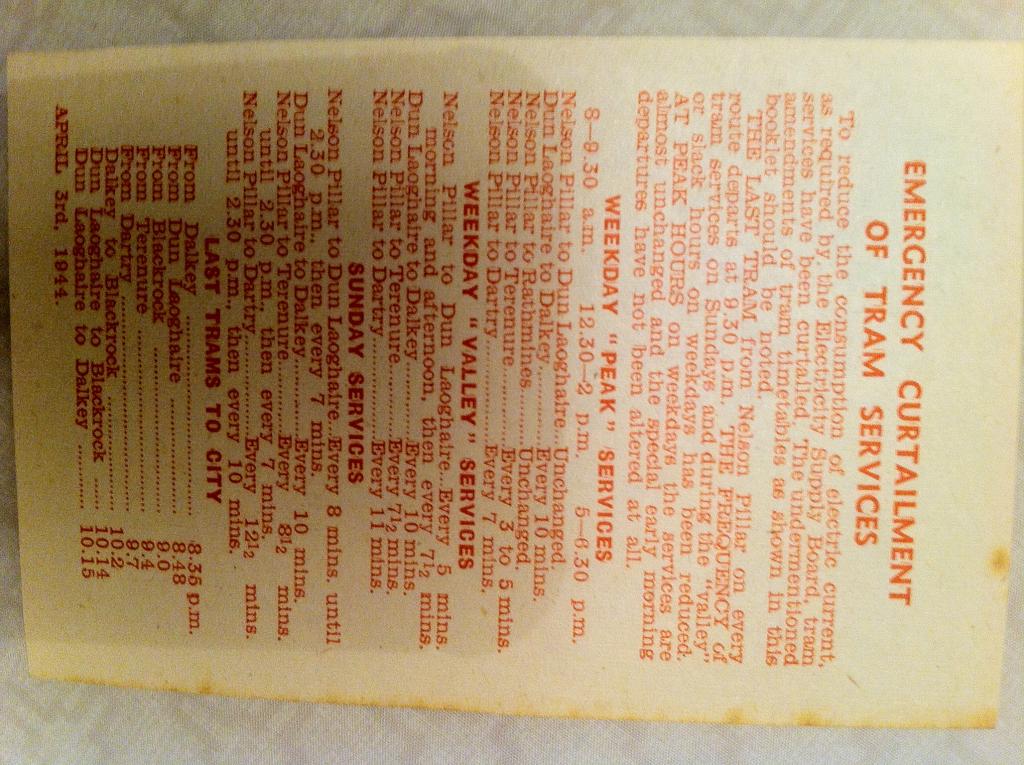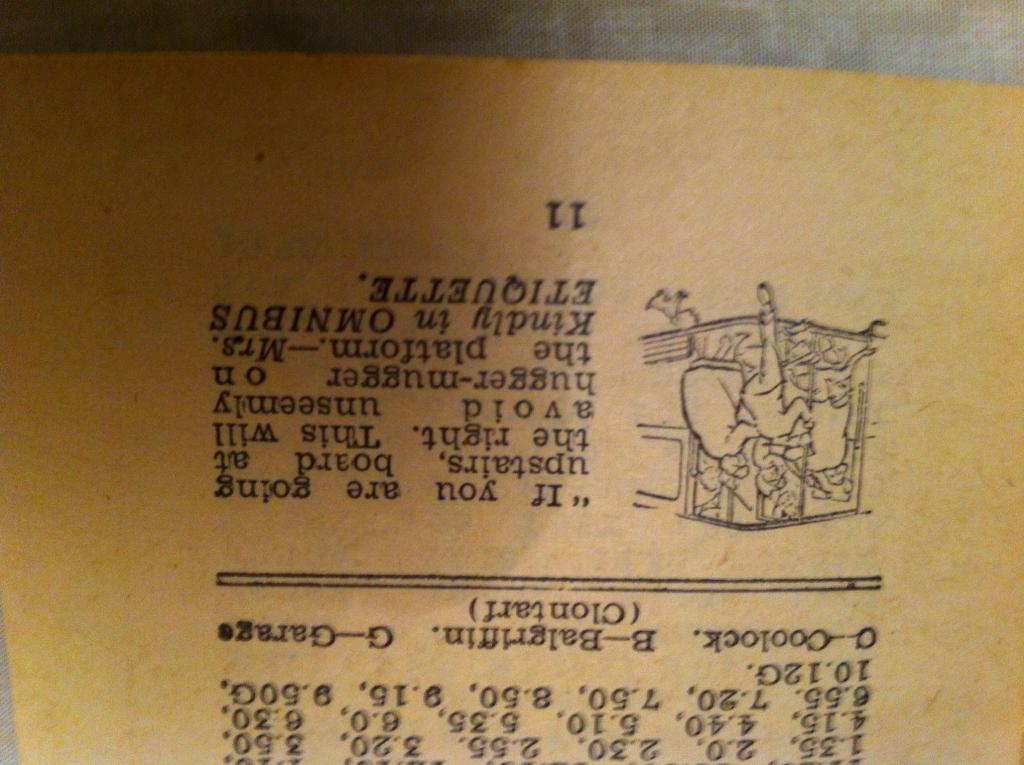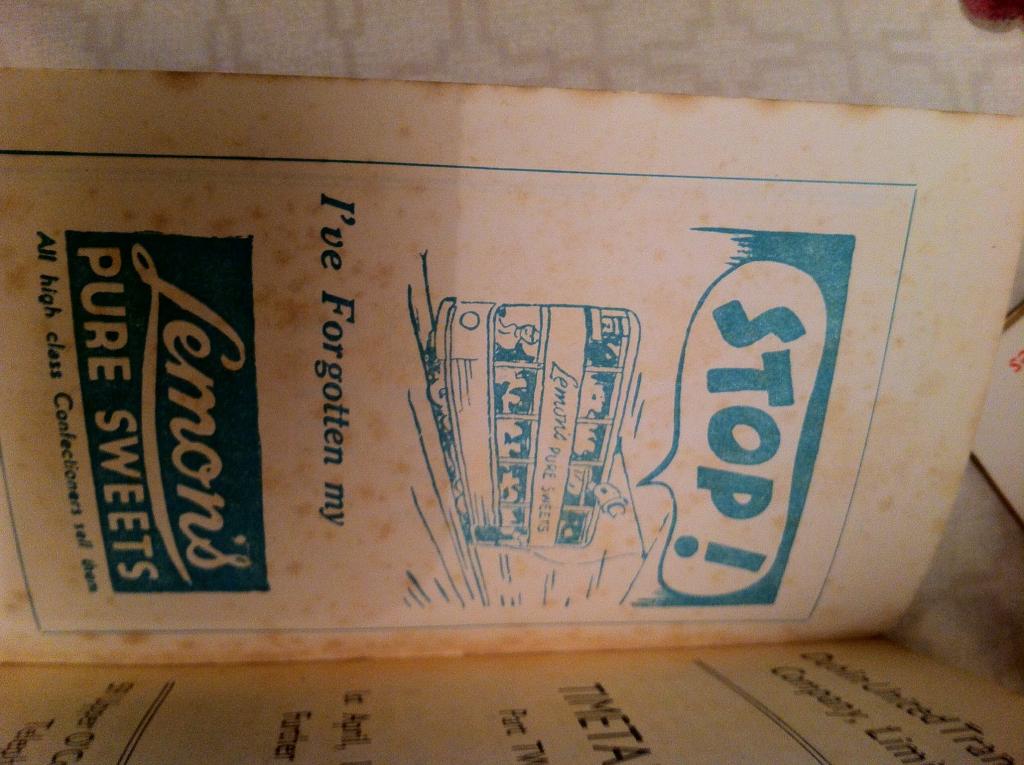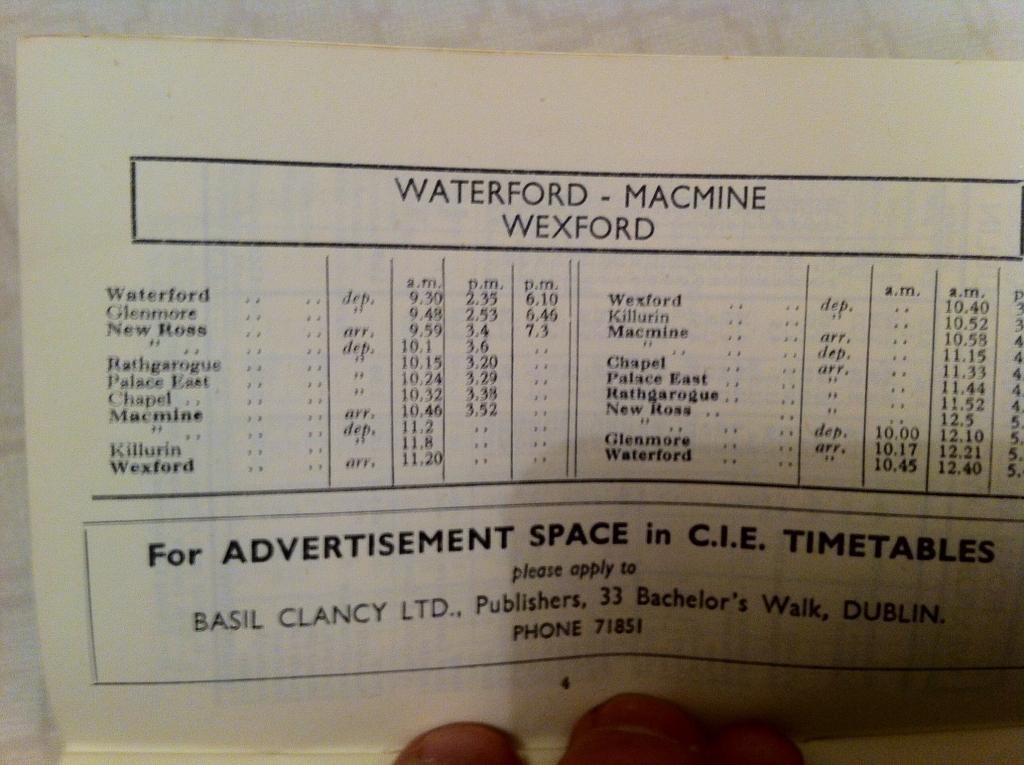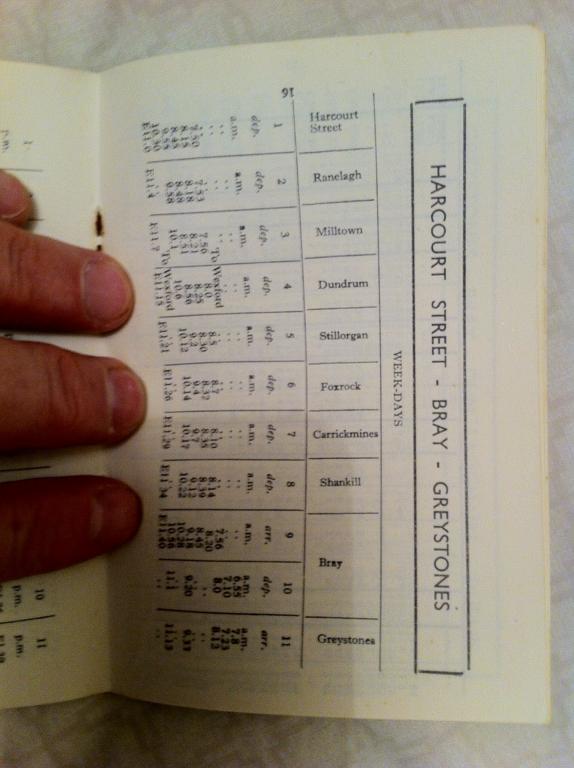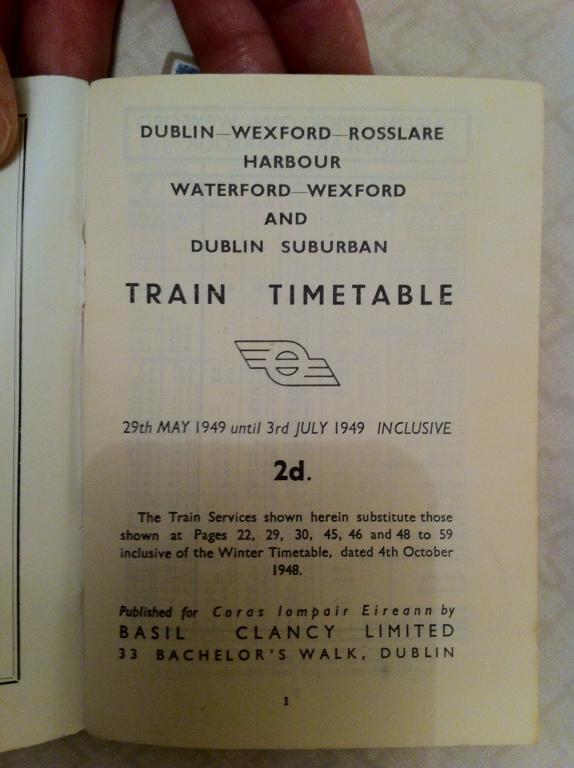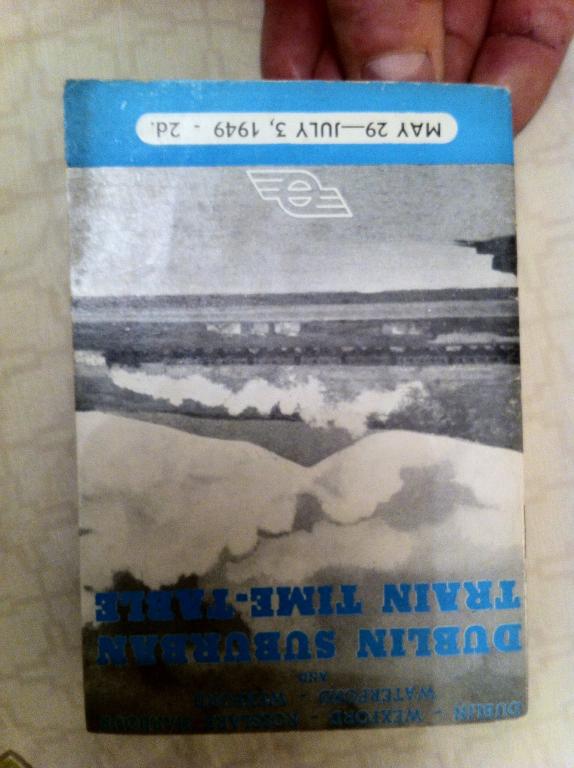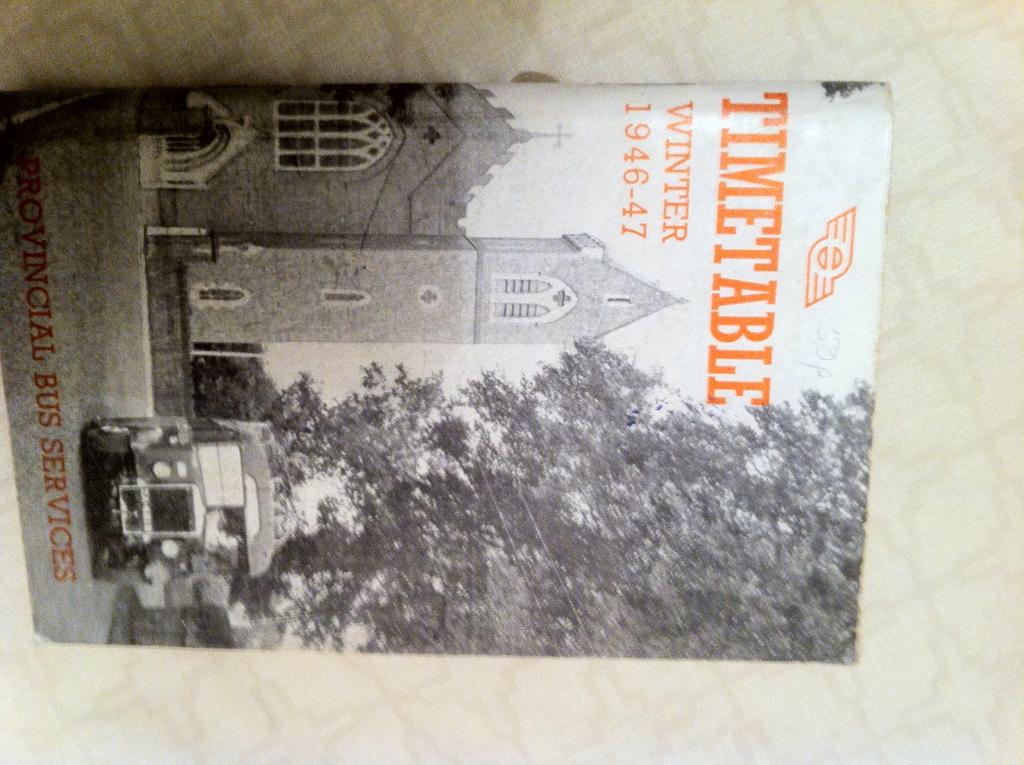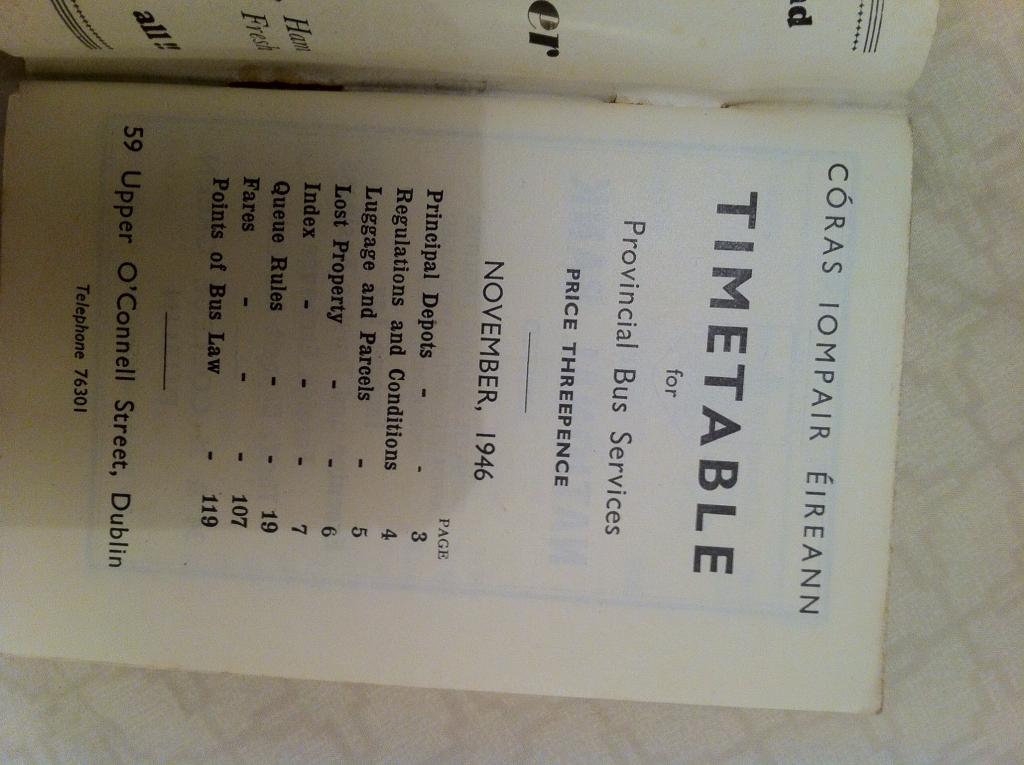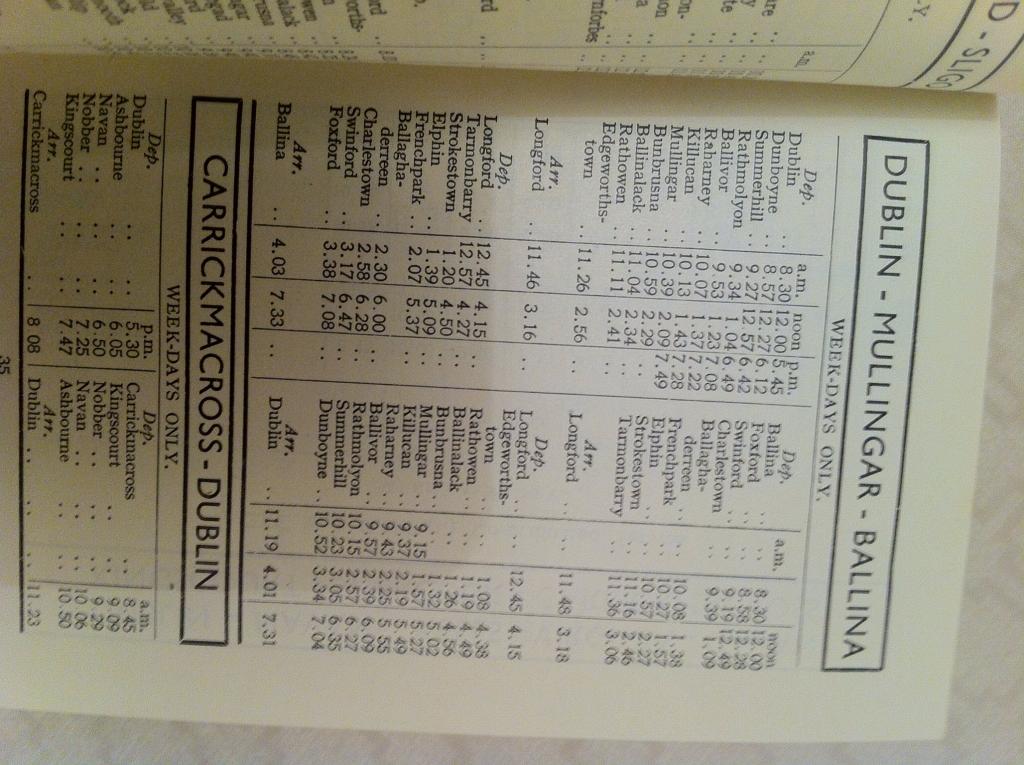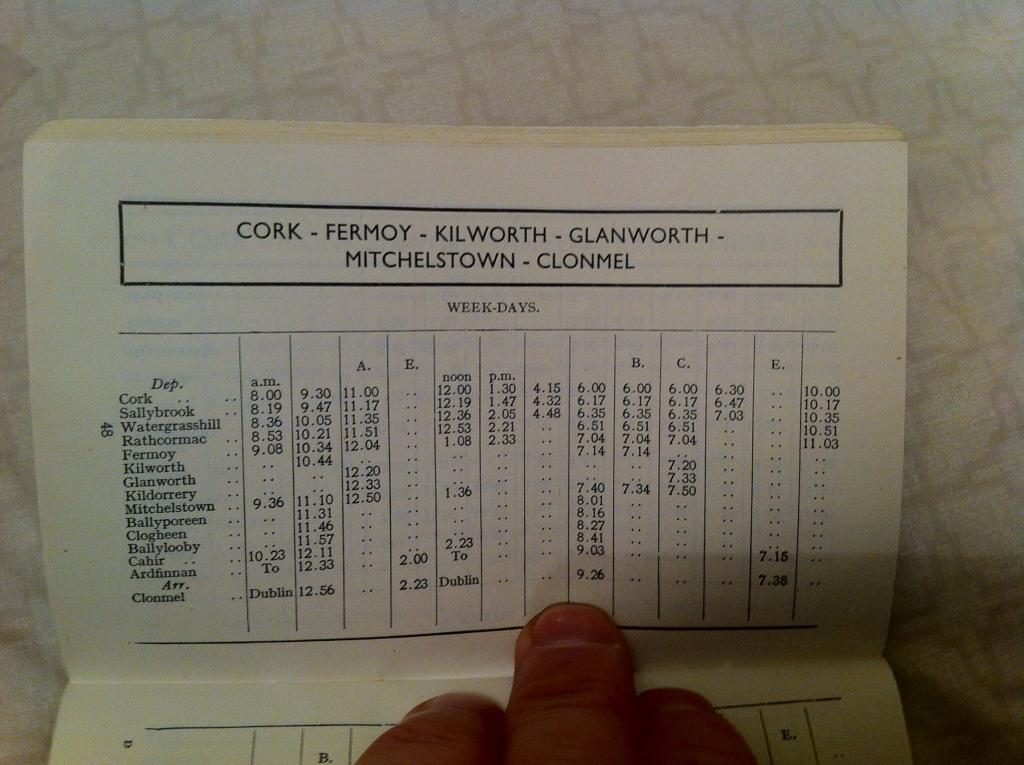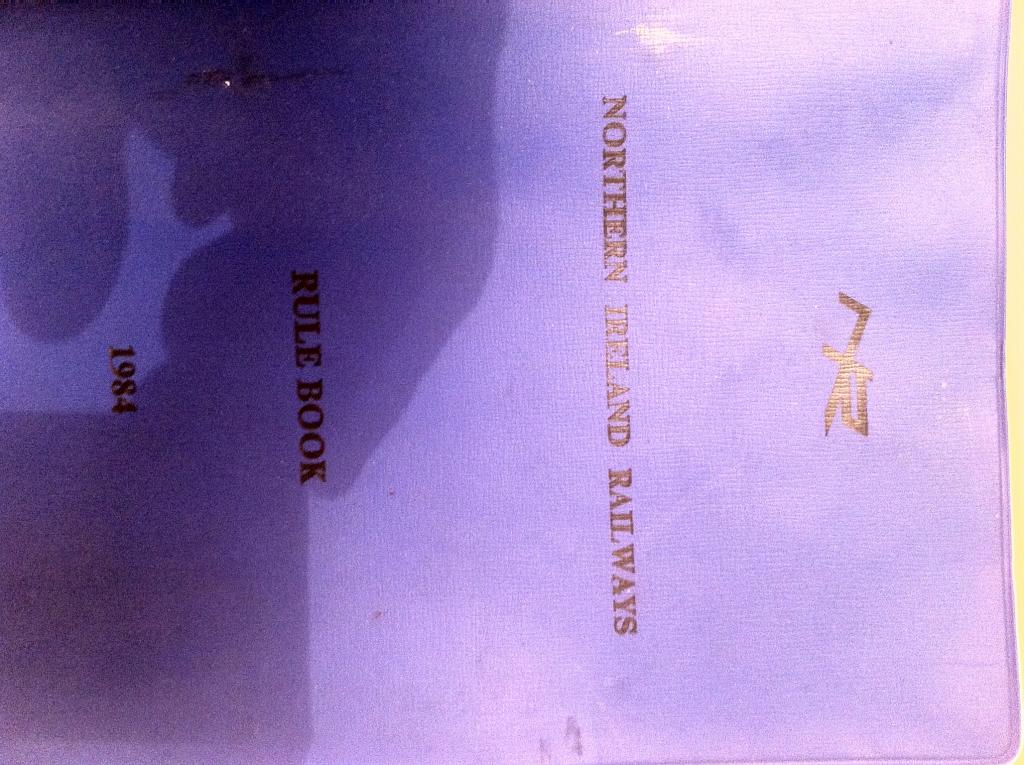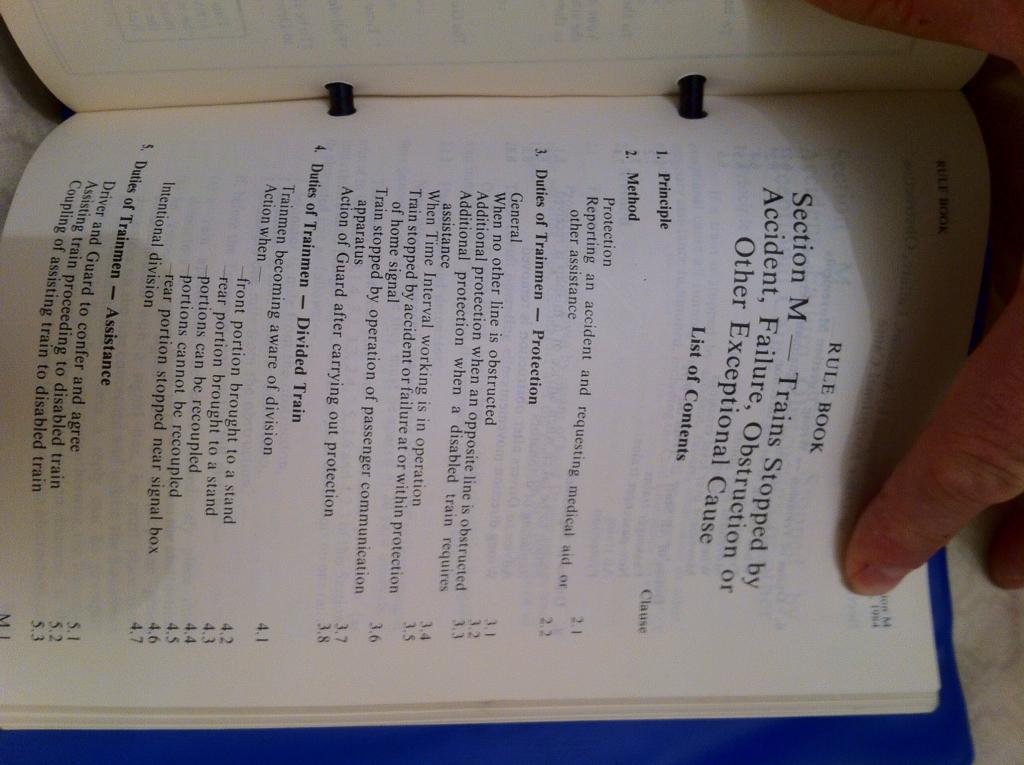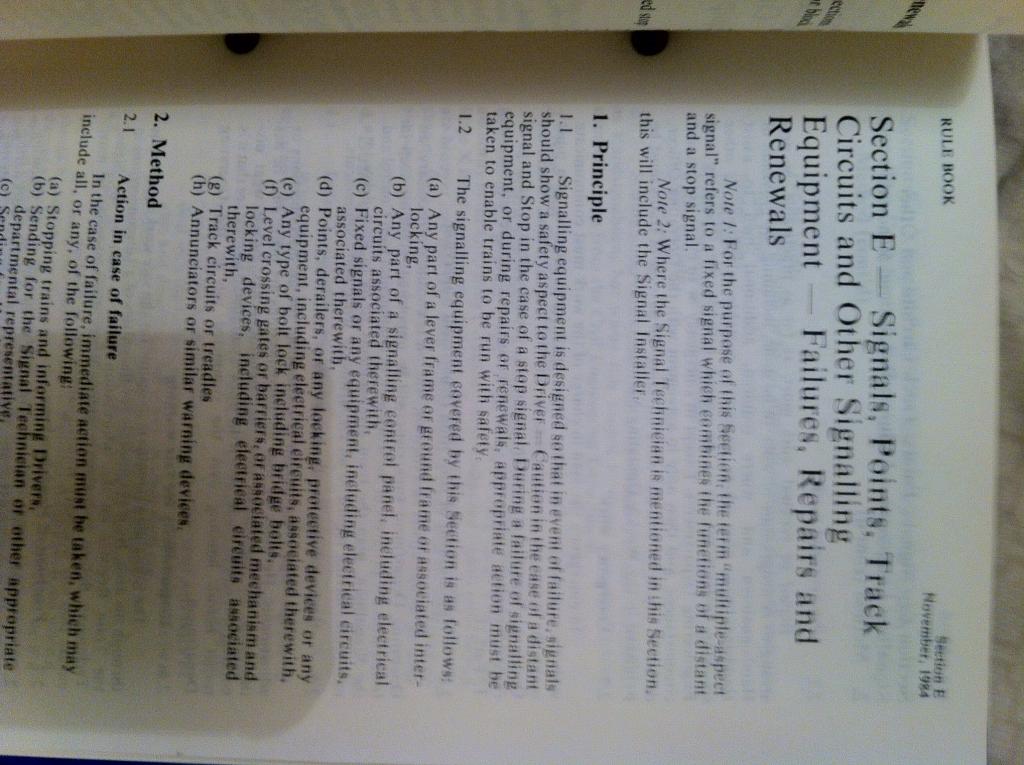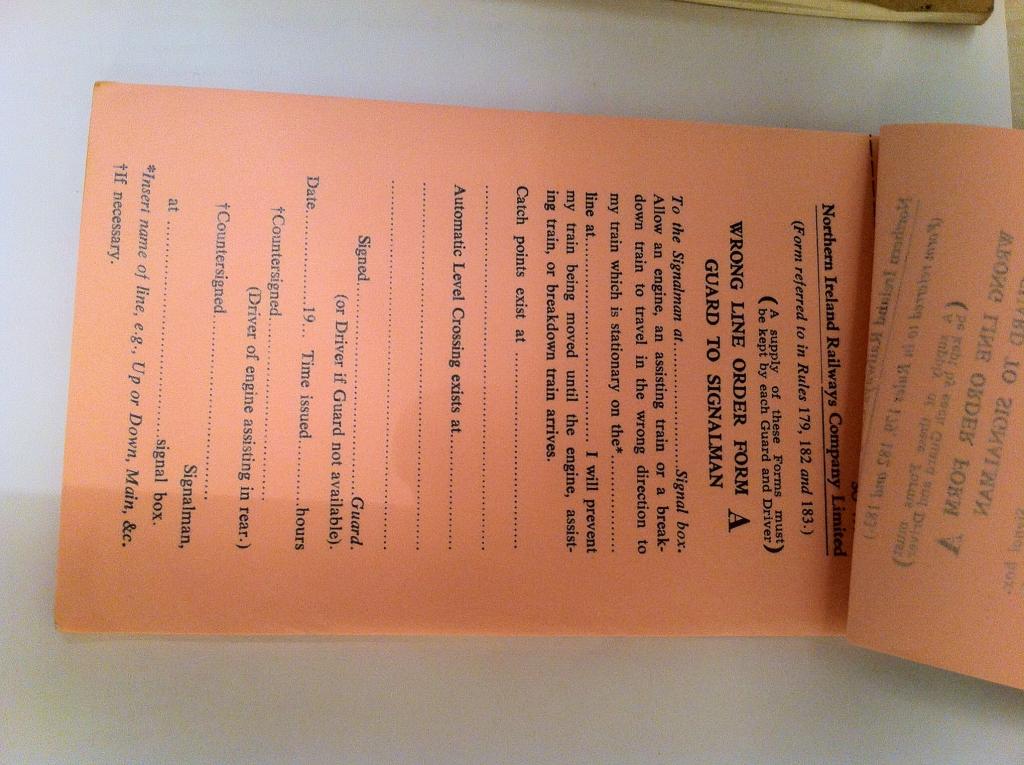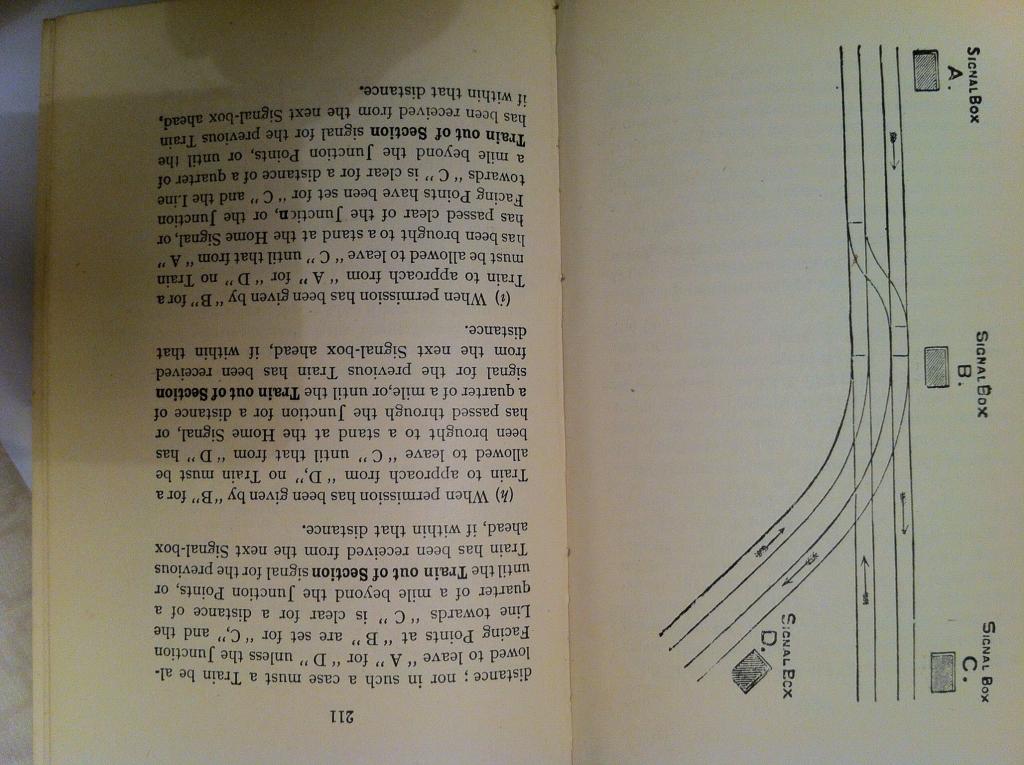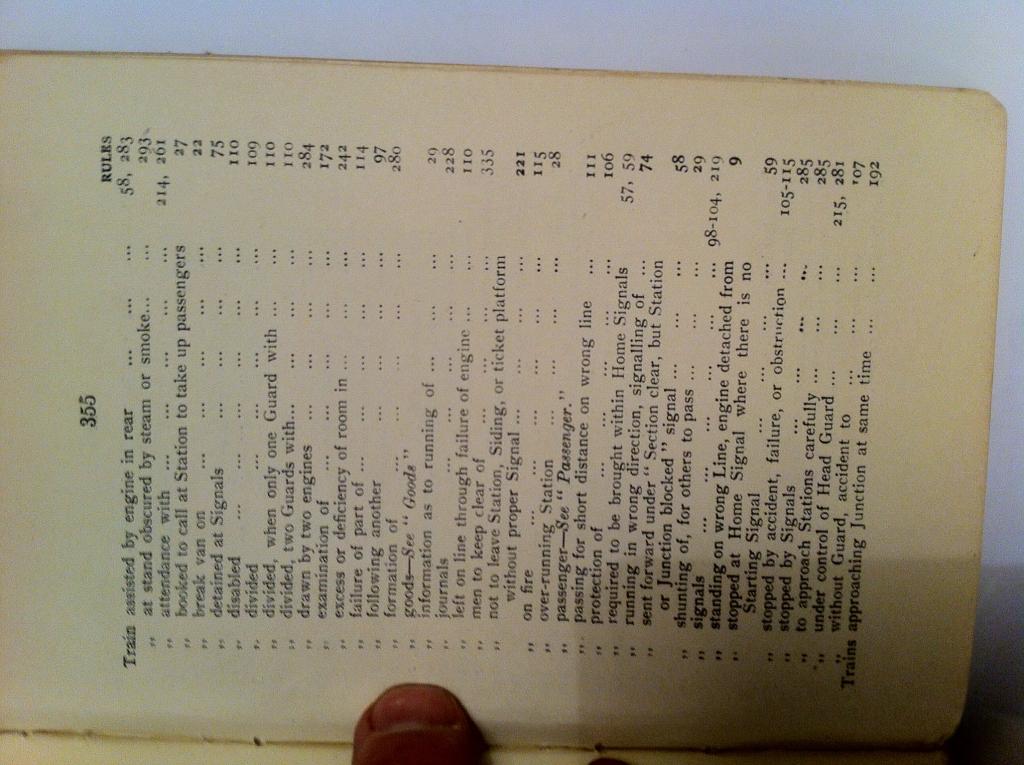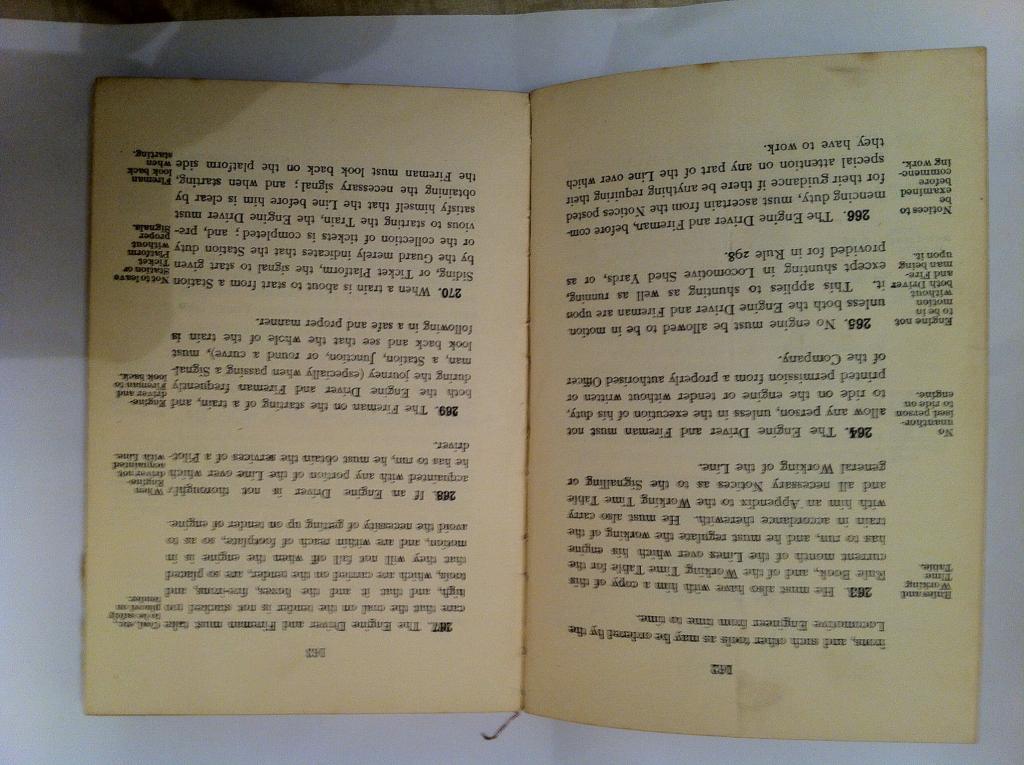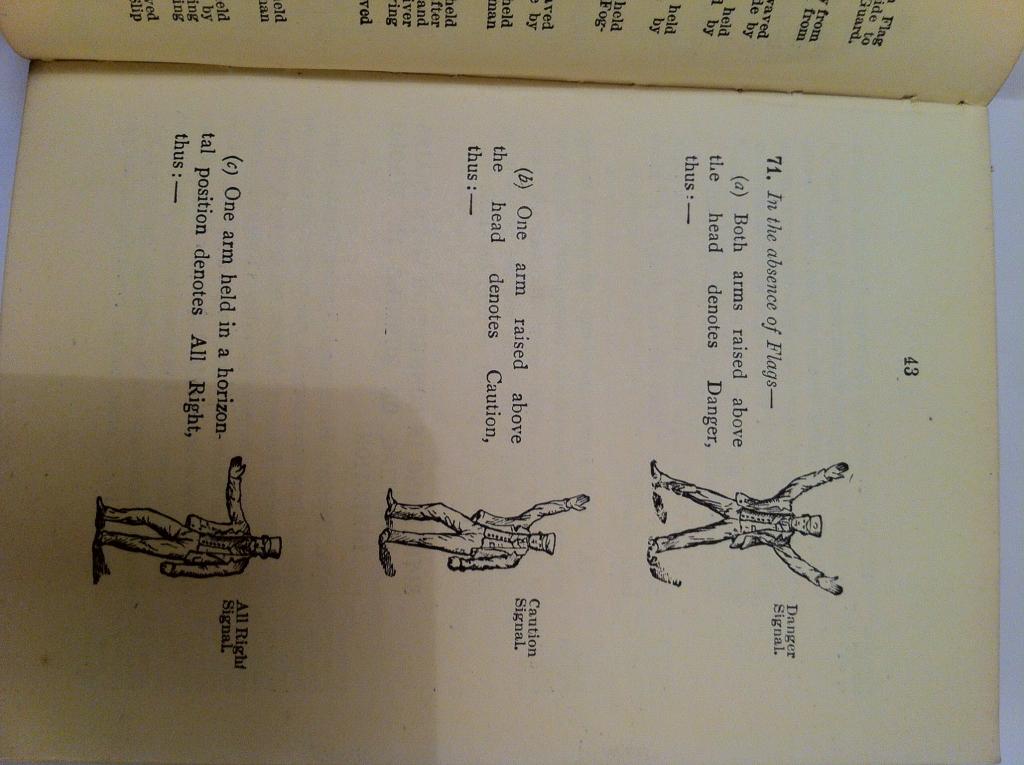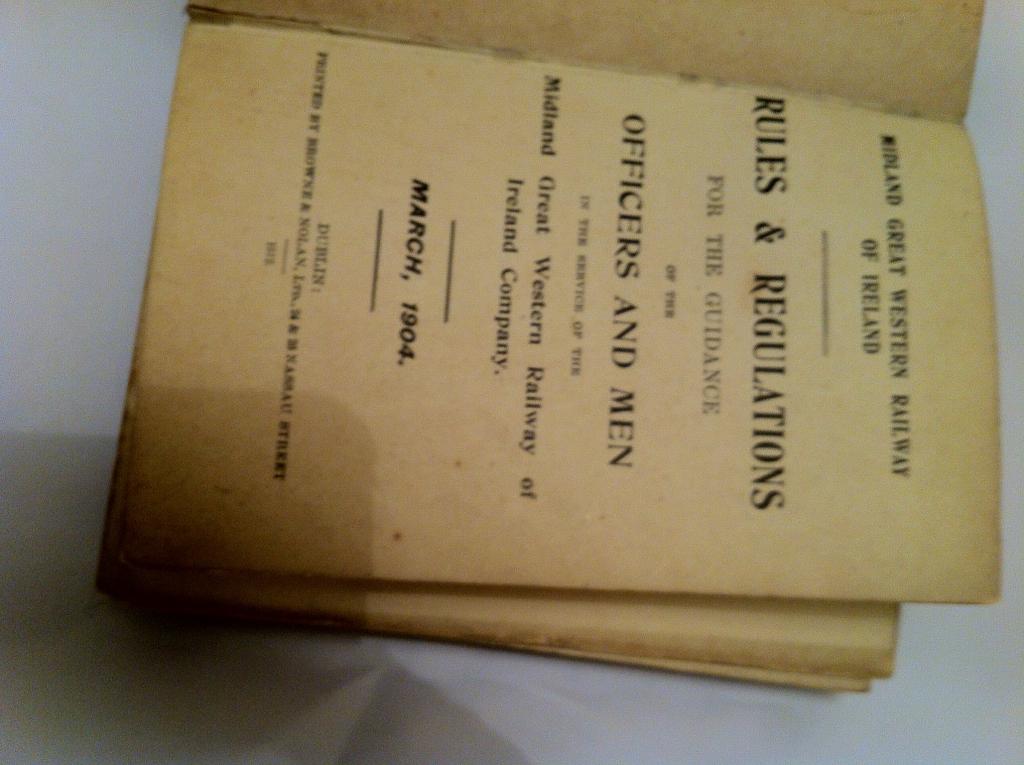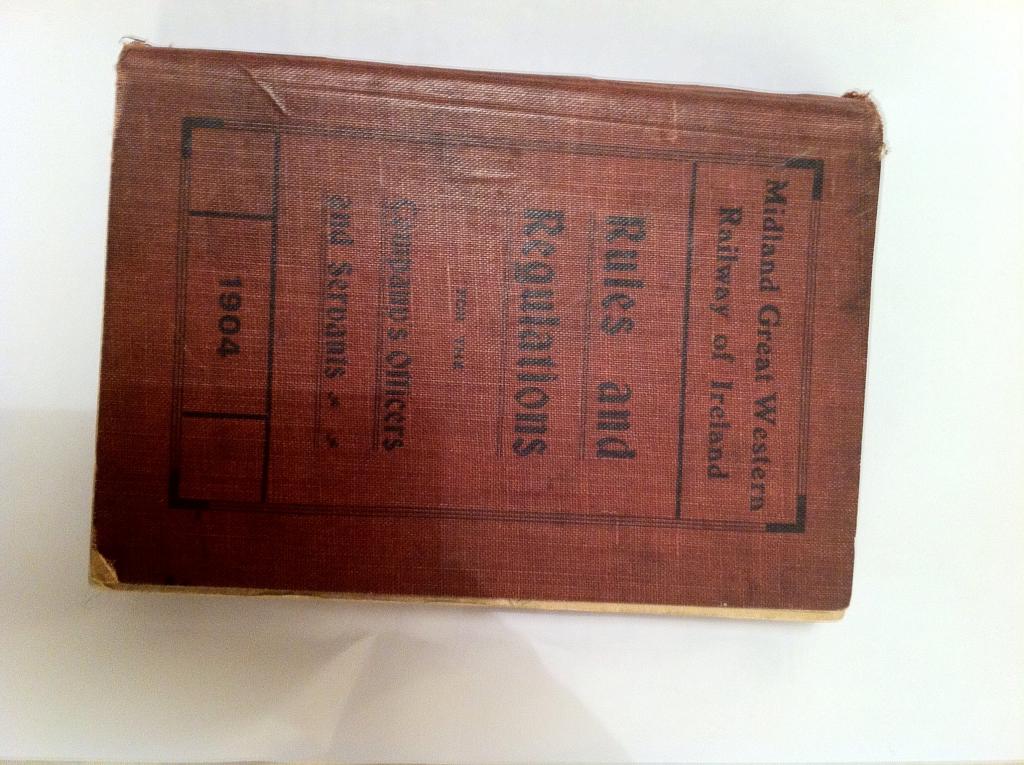-
Posts
15,834 -
Joined
-
Last visited
-
Days Won
393
Content Type
Profiles
Forums
Events
Gallery
Blogs
Store
Community Map
Everything posted by jhb171achill
-
Tmd/ssm mgwr "e" / gsr j26 / cie 551 0-6-0t
jhb171achill replied to Horsetan's topic in Photos of Models
You're heading well down that road, Horsetan! If it's Tramore you're modelling, so be it..... -
GSWR Carriage Diagram Book 1924
jhb171achill replied to jhb171achill's question in Questions & Answers
This book I'm using is from 1924. The possibility is therefore that 1097 is a very heavy rebuild of a 1911 built coach, which was in progress at time of preparation of the earlier book. I've a bit more delving to do, but it appears that Jawfin has unearthed in two seconds something which has been sitting under my nose for years and years! -
GSWR Carriage Diagram Book 1924
jhb171achill replied to jhb171achill's question in Questions & Answers
I'm on a mission now. The delving has commenced. Meanwhile, I'll try to post up drawings of all horseboxes in that book later tonight. -
GSWR Carriage Diagram Book 1924
jhb171achill replied to jhb171achill's question in Questions & Answers
It actually does, Jawfin. WELL SPOTTED! I never noticed that before. Prevailing wisdom is that the preserved 1097 was built in 1924 (under GSWR) and entered traffic in very early 1925 (now as a GSR vehicle). It's listed in the diagram book as 52ft. I don't think the RPSI / DCDR one is 52ft - I think it's 56 or 60ft. This opens a can of worms! If the preserved one is longer, as I suspect, then it has taken the number of the 1911 built one - why? If the preserved one actually IS the one in the book, look at the different layout for one thing, and more importantly WHY is it generally taken as having been built in 1924??????? -
Mayner, were you at one stage considering doing a small production run of these, made up? Or did I get my wires crossed somewhere?
-
Tmd/ssm mgwr "e" / gsr j26 / cie 551 0-6-0t
jhb171achill replied to Horsetan's topic in Photos of Models
True, Mayner, I never heard of a J26 on a suburban train.... -
That's how I recall them, with smaller than normal "snail" and grey. So there are three possible varieties: red with "Ranks" name, all-grey with name, and all-grey with snail.
-
From Santa's sack; offered for sale
jhb171achill replied to jhb171achill's topic in For Sale or Wanted
-
From Santa's sack; offered for sale
jhb171achill replied to jhb171achill's topic in For Sale or Wanted
Finally for tonight, a DSER directory of suitable holiday accommodation in their entire area; fascinating! This is an exceptionally rare item, so I'd have to ask for €20 post included. -
From Santa's sack; offered for sale
jhb171achill replied to jhb171achill's topic in For Sale or Wanted
BR stuff. Each €5 or €10 the lot, plus post. Signal box hours, that is; an interesting booklet. Now how to drive emu and railcarish things. -
From Santa's sack; offered for sale
jhb171achill replied to jhb171achill's topic in For Sale or Wanted
1944 Dublin United Tramways Company tram and bus timetables for city and surrounding areas, parts 1 & 2. €7.50 each, €15 for both, very rare! [ATTACH=CONFIG]21256[/ATTACH] [ATTACH=CONFIG]21257[/ATTACH] [ATTACH=CONFIG]21258[/ATTACH] Naturally, with all these timetables, pamphlets and rule books, I'm only displaying a few sample pages! [ATTACH=CONFIG]21259[/ATTACH] [ATTACH=CONFIG]21261[/ATTACH] [ATTACH=CONFIG]21260[/ATTACH] [ATTACH=CONFIG]21262[/ATTACH] [ATTACH=CONFIG]21263[/ATTACH] -
From Santa's sack; offered for sale
jhb171achill replied to jhb171achill's topic in For Sale or Wanted
BR stuff about signal box hours, and how to drive emus and railcary things. Each manual €5 plus p & p, or €10 for the lot plus pp. -
From Santa's sack; offered for sale
jhb171achill replied to jhb171achill's topic in For Sale or Wanted
Last post was not GNR headed paper, but a GSR answer postcard! Here's the other side of it. GNR pap to follow - this postcard free with anything else bought. -
From Santa's sack; offered for sale
jhb171achill replied to jhb171achill's topic in For Sale or Wanted
Great Northern Railway Rare leaflet on labour law relating to the GNR, 1901 €5 plus postage UTA book instructing staff how to deal with bank lodgements. €5 plus postage Isle of Man Railway financial and rolling stock return; free except for postage with anything else bought. Small pad of GNR headed memo notepaper letterhead. Came from Enniskillen station. €10 plus postage; about a couple of dozen sheets. -
From Santa's sack; offered for sale
jhb171achill replied to jhb171achill's topic in For Sale or Wanted
1944 Dublin United Tramways Company tram and bus timetables for city and surrounding areas, parts 1 & 2. €7.50 each, €15 for both, very rare! Naturally, with all these timetables, pamphlets and rule books, I'm only displaying a few sample pages! -
From Santa's sack; offered for sale
jhb171achill replied to jhb171achill's topic in For Sale or Wanted
CIE 1946/7 provincial buses, and 1949 suburban rail timetables. Good condition. €5 each plus postage. -
From Santa's sack; offered for sale
jhb171achill replied to jhb171achill's topic in For Sale or Wanted
M G W R rule book now claimed. -
From Santa's sack; offered for sale
jhb171achill replied to jhb171achill's topic in For Sale or Wanted
Carriage key, 1946 timetable, cheque book cover and etiquette book now disposed of. -
From Santa's sack; offered for sale
jhb171achill replied to jhb171achill's topic in For Sale or Wanted
-
From Santa's sack; offered for sale
jhb171achill replied to jhb171achill's topic in For Sale or Wanted
-
From Santa's sack; offered for sale
jhb171achill replied to jhb171achill's topic in For Sale or Wanted
NIR cheque book cover and bus etiquette booklet now en route to new homes. Here's a 1904 MGWR rule book. I'd have to ask for €30 for this plus postage. I should add that part proceeds of the more financially valuable of all this stuff is going towards the restoration of the RPSI's No. 131. -
Free to a good home, just cover postage
jhb171achill replied to jhb171achill's topic in General Chat
You're a genious, josefstadt, as I told you earlier this evening in the IRRS! -
".....I've a notion that one of these was painted black instead of grey in very late days. I'll investigate which one (or if I'm even right on that one!)....." I investigated the above, which I posted the other day - on perusal, I'm probably wrong, as the picture is strong in contrast. This often made grey locos look black, especially when combined with the sheen of oily rags polishing! I'd stick with grey for accuracy.
-
The possibility of no two layouts having the same stuff.... interesting!
-
Video Website Updates
jhb171achill replied to irishrail123's topic in Photos & Videos of the Prototype
A good few years now, Junctionmad - maybe 10.....
.png.c363cdf5c3fb7955cd92a55eb6dbbae0.png)


